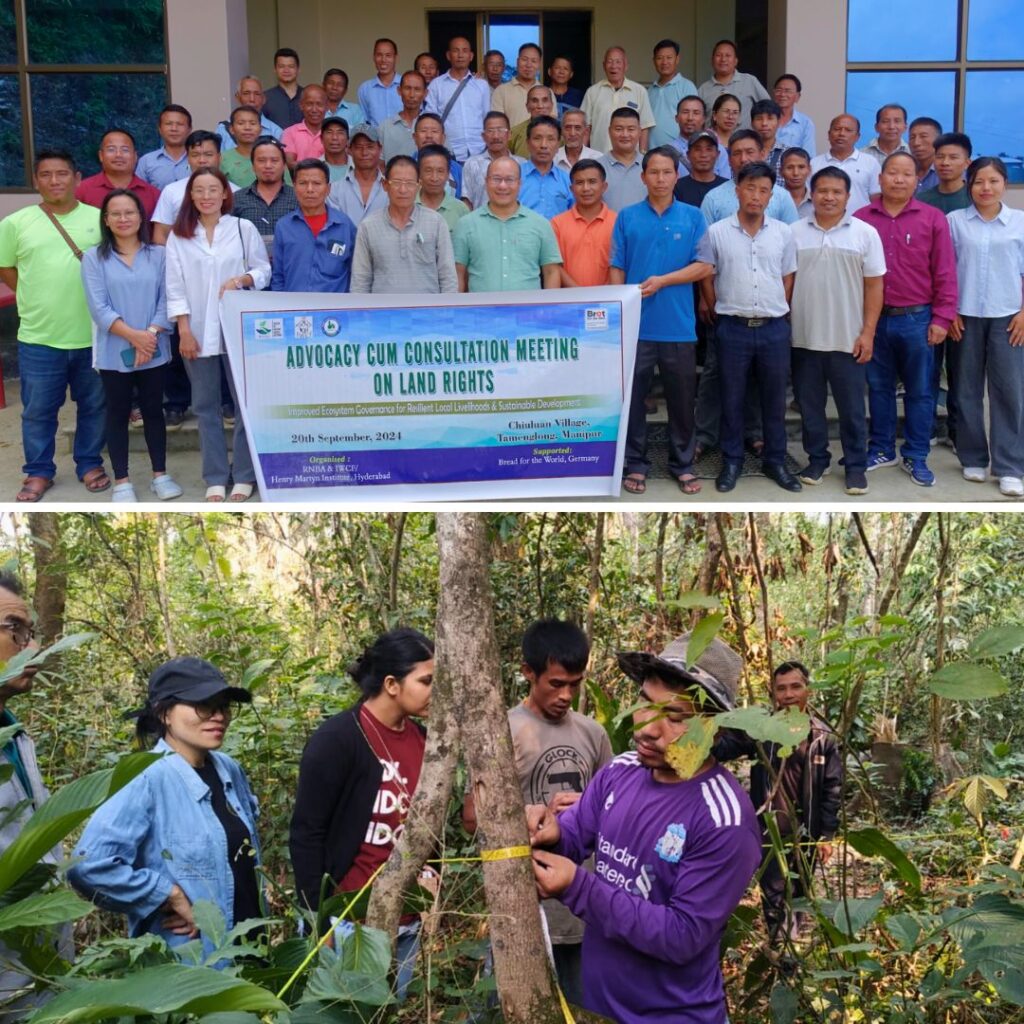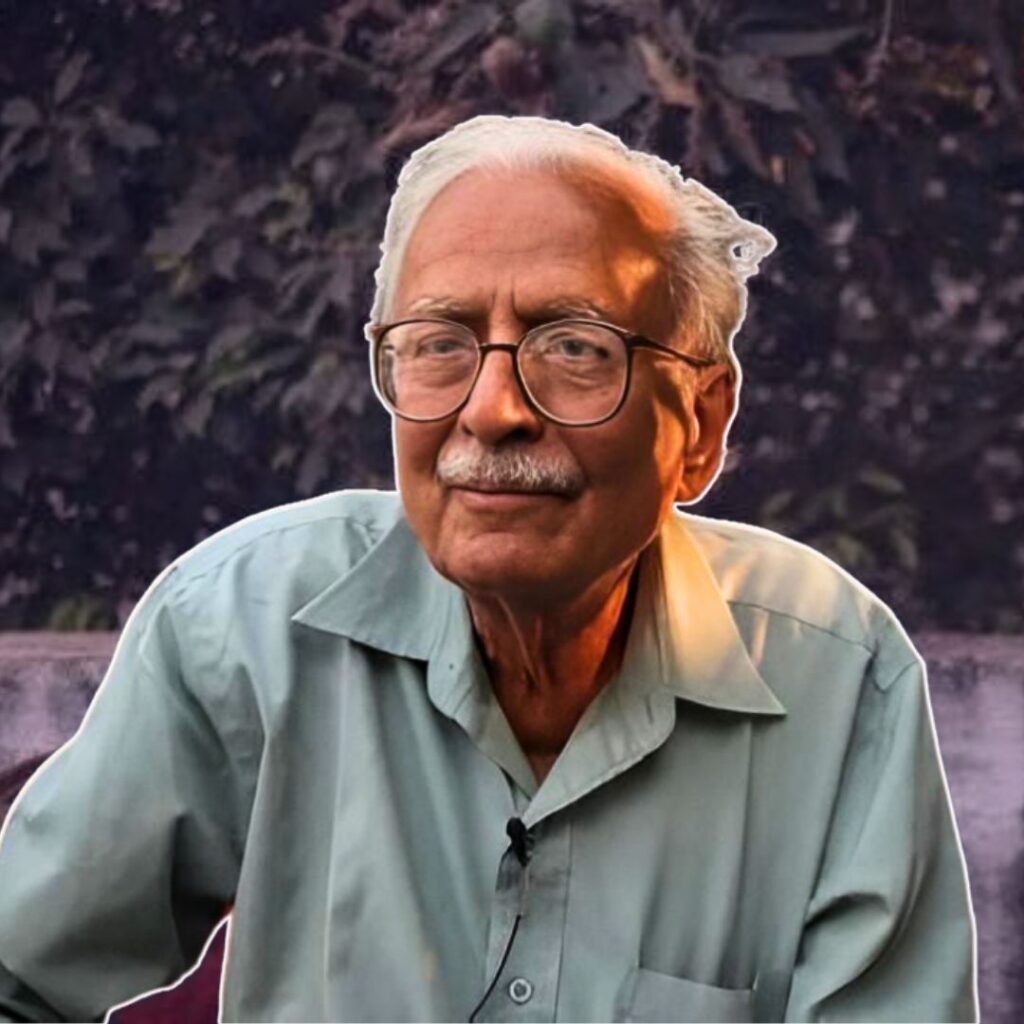A serological survey conducted by the Brihanmumbai Municipal Corporation (BMC) on 6,936 people in three wards in Mumbai found 40.5 per cent had developed antibodies against the virus.
The team conducted the survey in these areas as a part of a national study to understand the spread, as these people were one of the firsts to be exposed to Sars-CoV-2, a virus that causes COVID-19. The findings are among one of the highest exposure rates found globally.
Earlier this month, the findings of Delhi’s seroprevalence study showed that nearly a quarter of the 21,387 samples tested suggested exposure to the virus. As per the results, 23.48 per cent population had developed IgG antibodies.
Similar surveys conducted in Spain between April to May, which covered 61,075 participants, found 5 per cent seroprevalence. Meanwhile, in New York, 3,14,000 samples found antibodies in 26 per cent samples. A few smaller pockets also showed a seroprevalence of 56 to 68 per cent.
The Mumbai serosurvey shows that transmission pattern varies from region to region, especially from slums to societies, and that more such surveys are needed to derive a pattern.
For a serological survey, doctors test the blood of a section of the general population to check for the presence of antibodies pertaining to any disease. Antibodies are formed in a person only when they had contracted the disease in the past. Thus, the presence of antibodies shows how far the disease has spread in the general population and also whether the people are moving towards herd immunity.
For the study, jointly conducted by the NITI Aayog, the Municipal Corporation of Greater Mumbai and the Tata Institute of Fundamental Research, the BMC selected three wards to survey 8,800 people.
According to The Indian Express report, these wards were – Matunga (F-North ward) that had the highest growth rate and caseload, and proximity to Dharavi, Mumbai’s biggest slum and once a hotspot for the deadly virus, Chembur (M-West ward) for medium growth rate in coronavirus cases and Dahisar (R-north) that had the lowest growth rate in the city. From this, 6,936 people agreed to give their samples, of which, 4,234 were from slums and 2,702 from non-slums.
The survey found that almost 57 per cent of people in the slums had developed antibodies against the virus, compared to the 16 per cent living in societies/non-slum areas.
‘The prevalence of the virus in slums is high due to densely populated areas. In non-slums (residential areas), better social distancing and maintenance of hygiene helped stop the spread to a large number of people,’ Suresh Kakani, Additional Commissioner, BMC was quoted as saying by Hindustan Times.
Shared facilities such as toilets and lack of physical distancing may have also added to why the slums were more exposed to the virus.
As none of the 6,936 individuals surveyed had to undergo RT-PCR test, that remains the basic mode of detecting the infection, it implies that they were either asymptomatic or did not have severe symptoms. This shows that the proportion of asymptomatic COVID-19 cases is much higher than expected.
According to officials, the infection fatality rate (IFR) is likely to be low, between 0.05 per cent and 0.10 per cent. IFR is the ratio of the number of deaths that occur from a disease in the total number of infected people.
‘Results of the sero surveillance are promising because it shows that a large number of people have recovered from the virus with the help of their own immunity,’ said Dr Om Srivastava, epidemiologist and member of the state’s COVID task force.
However, according to The Hindu, an expert said that these studies suggested that a peak in infections was far away.
‘Testing strategies differ in the two cities, though they lead the tables in confirmed cases. The positive is that casualty rates from the disease are lower than initially expected. However, it is also evident that the lockdown or the measures to arrest the spread of the disease have largely failed,’ said a government epidemiologist involved in the surveys, who did not want to be identified, told the media.
Meanwhile, the findings also show that women were more exposed to COVID-19 and more women developed immunity than men. According to the results, in slums, while 59.3 per cent of 2,297 women tested had antibodies against COVID-19, 53.2 per cent of 1,937 men had the antibodies. In non-slum areas, 16.8 per cent of women and 14.9 per cent of total men tested had developed antibodies.
‘We need to have more serosurveys in other geographical settings to check if the same trend continues,’ said clinical scientist Dr Gagandeep Kang, adding that while global data shows both men and women get equally infected, but women seem to have lesser mortality risk than men.
‘Oestrogen may play a role here. While it does not protect from infection, it may protect from mortality,’ Kang added.
According to Dr Jayanthi Shastri, head of microbiology in Nair Hospital, Mumbai, as women in India tend to seek medical…











